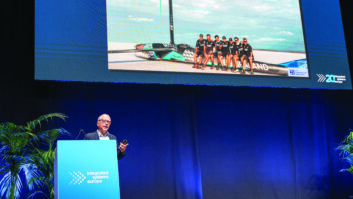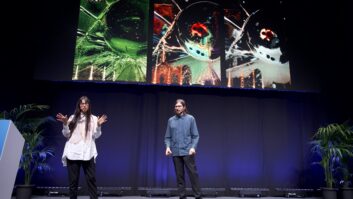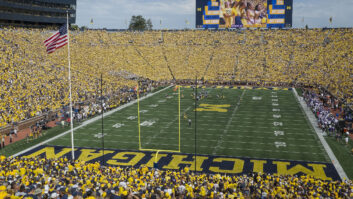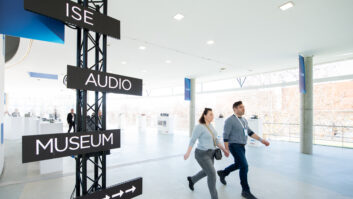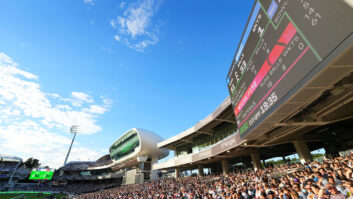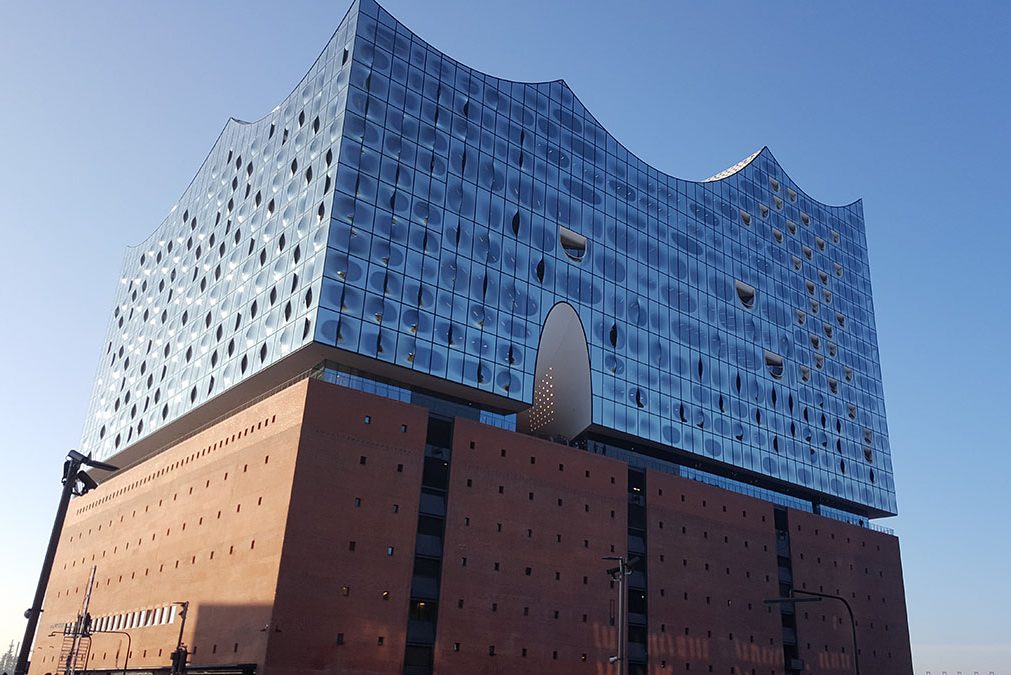
One of the world’s largest and most acoustically advanced concert venues, part of a multifunctional landmark building, was officially inaugurated in January of this year. Hamburg’s Elbphilharmonie, designed by Herzog & de Meuron and located in the HafenCity district, has an undulating glass structure reminiscent of a wave or a sail – or, some say, a quartz crystal. The partly curving, partly dipping glass panels create reflections of the sky, the water and the city, merging visual impressions generated onshore and offshore. The first eight storeys, however, are made of brick, because the Elbphilharmonie was built on top of the 1960s quayside ‘warehouse A’ building.
At 108m high, it is the tallest inhabited building in the city. It has been designed as a cultural and residential complex, and contains 45 apartments, a four-star-plus hotel with 244 guest rooms and numerous restaurants, as well as three concert spaces and a number of other connected studios. The project is reported to have cost an eye-watering €860 million.
The Great Hall is designed in the ‘vineyard’ style, where the stage is surrounded by the audience in tiered seating. With a capacity of 2,100, it is one of the largest and most acoustically advanced concert venues in the world. Noted acoustician Yasuhisa Toyota installed 10,000 individually shaped plasterboard plates to disperse sound waves.
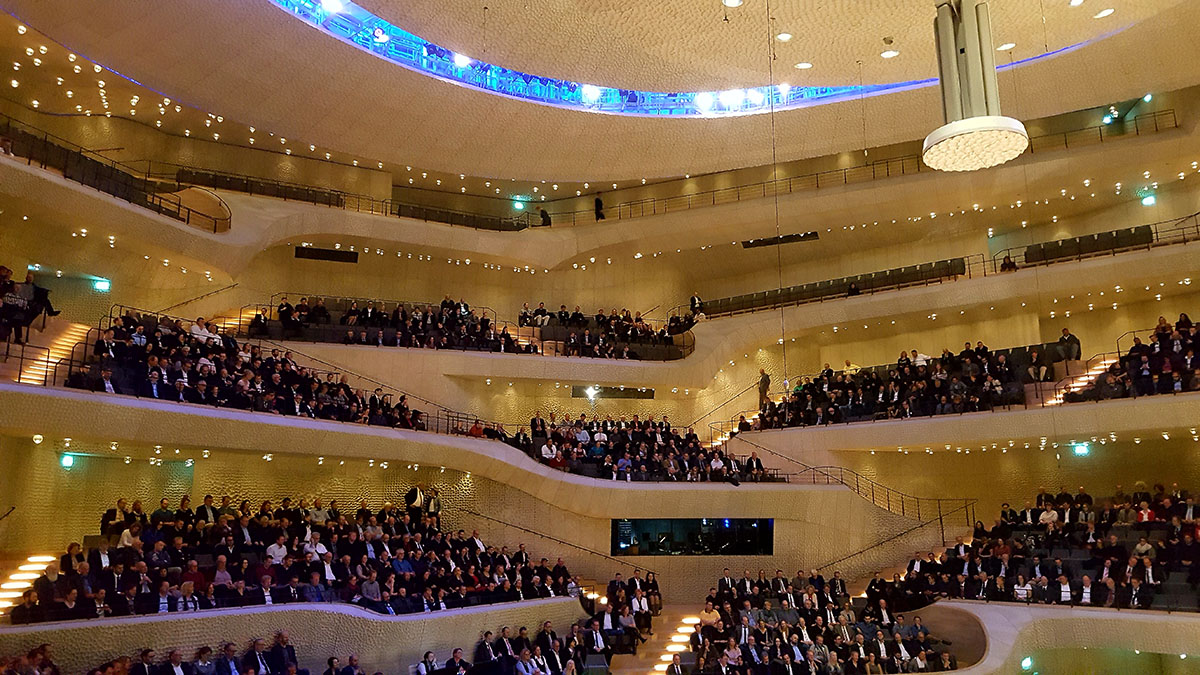
The Recital Hall, which seats 550 people, offers a more intimate atmosphere, while the 150-capacity Quay Studio 1 is used for educational activities.
Winning tender
Following a public call for tenders, main building contractor Hochtief chose Amptown System Company (ASC) as the systems integrator for the audiovisual equipment. In fulfilling the contract, ASC was able not only to integrate equipment from various manufacturers, but also to make use of its expertise in producing custom parts and special structures in its own workshop.
For the sound system in the Elbphilharmonie’s Great Hall, the emphasis was put on bringing out the original, pure sounds of instruments and voices. A speaker array consisting of six Meyer Sound CAL 64 column array units is mounted inside the mushroom-shaped reverberator suspended from the canopy. As well as being used for music, these speakers also provide for a voice alarm function and also support speeches and announcements. The beam-steering technology, along with the central location of the array, ensures that the hall is acoustically covered to the greatest possible extent. Additional CAL column speakers transmit the sound to the stalls, while supporting speakers in the ceiling cover those upper tiers that are not sufficiently covered by the central cluster speaker system.
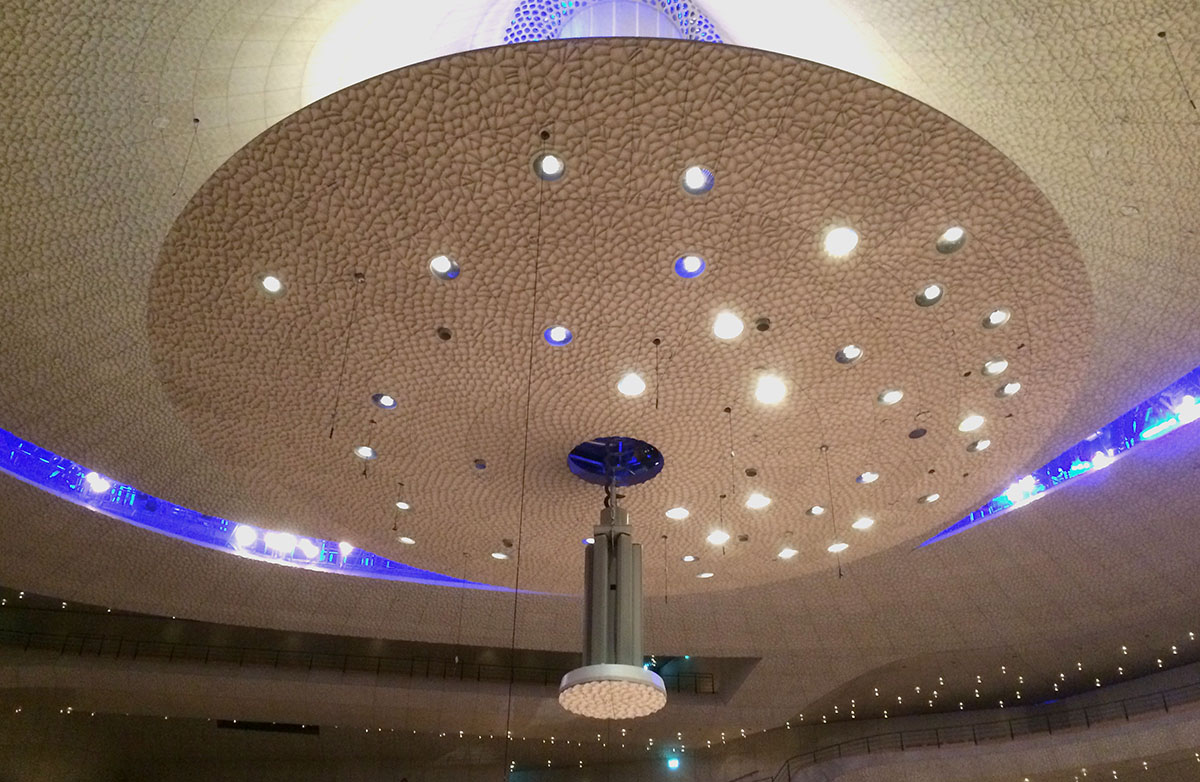
In the Recital Hall Y and E series speakers by d&b audiotechnik have been installed. In both the Recital Hall and the Quay Studios ASC installed a mobile sound system to comply with the operator’s request for maximum flexibility. The events most often staged in the Recital Hall are jazz and chamber music performances.
Sound reinforcement and distribution in the Great Hall, the Recital Hall, and the Quay Studio is controlled via five digital audio mixing consoles supplied by Lawo, which ASC incorporated into the digital audio infrastructure of the Elbphilharmonie after discussing and agreeing on the details with the NDR (North German radio and TV broadcaster) and the manufacturer.
Lighting components
Rolf Garnies was the consultant for light equipment and Amptown’s workshop services on the project. “Scenic lighting in the Elbphilharmonie was implemented using mature classic lighting components,” he says. “In the Great Hall a circular lighting bridge with high-grade halogen lights made by ETC and Robert Juliat runs behind a series of ceiling cutouts covered with special glass. The fixtures used are halogen profile spotlights with different field angles in an output range between 0.75 kW and 2 kW. In the Great Hall 37 ETC Desire D40 LED washlights with a colour temperature of 3000K matching the effect of the halogen spotlights were installed in the reverberator above the stage, where they supply high-intensity warm-white light and with it ensure the basic illumination of the stage. Factors such as light quality, energy efficiency, and long service life with up to 20 operating hours per day were important selection criteria.”
Additionally, ASC installed all of the power distributors required for scenic lighting. Connected to these power distributors are ETC dimmer systems with 560 circuits for the three concert venues, the systems controlling them, and a couple of MA Lighting consoles. Control signals and power for the spotlights and washlights can be picked off junction boxes, which are distributed throughout the house.
Custom systems
“We are happy and proud that we were allowed to take part in a once-in-a-century project like this one”, smiles Leif Witte, ASC managing director. “We were selected because of our long-standing expertise in modern light and sound technology, and we have proved to be a reliable partner. All the more satisfactory that we were also able to use our innovative know-how. In fact we have been able to significantly increase our competence and performance efficiency regarding the development of customised stage management systems during the last few years, and with Stefan Thomsen our team includes a dedicated communication systems expert.”
ASC assembled seven stage management consoles for the Elbphilharmonie, which feature the PLC-based ADUNAS media control system. Witte comments: “They represent state-of-the-art technology and provide the stage manager with all of the tools required to direct rehearsals and performances in a dependable fashion.”
Another major task for the Amptown workshop, which presented a particular challenge according to Garnies, was manufacturing and mounting 32 smart mirror displays. These hide a Panasonic display and set-top box behind a mirrored surface. He explains: “The smart mirrors come in three sizes with diameters 90cm, 140cm and 169cm and are suspended from the walls in a slightly tilted position facing the viewer. They are equipped with a substructure that allows for easy access to the display and to the set-top box on the one hand, and for anchoring the structures firmly to the wall on the other.”
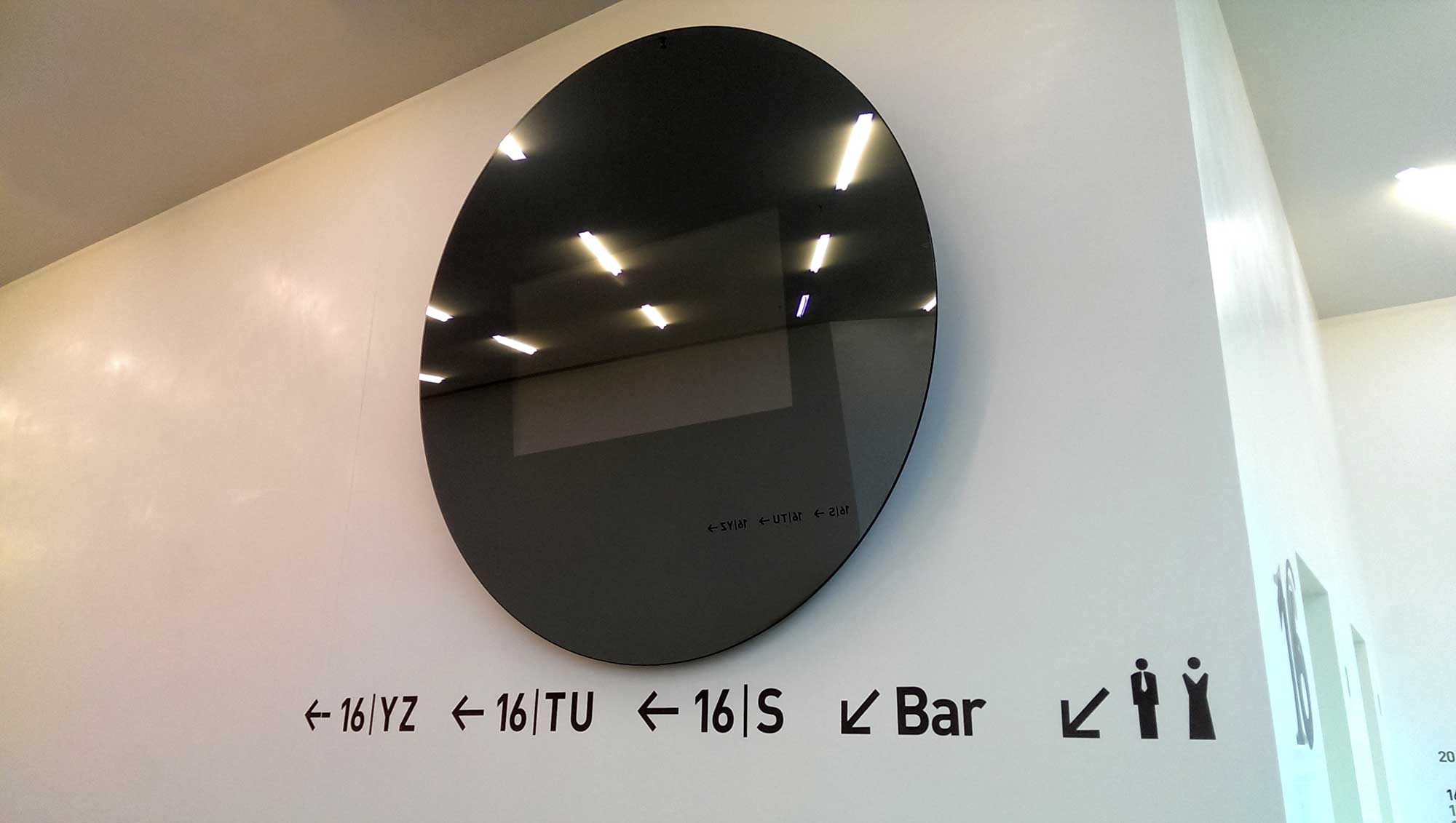
The mirrors consist of round single-pane 10mm safety glass. A paint coating was silk-screened on to the rear the glass, but with the display surface of the Panasonic display behind masked off. Garnies adds: “When the displays are switched off, the mirror surfaces constitute a design element; when they are switched on they show information. Any desired content can be output as text, image and/or sound.“
Leif Witte adds: “Amptown production shop supplies customised solutions which are a far cry from ‘off-the-shelf’ ones. Owing to many years of experience integrating media equipment into perfectly working systems we know how to respond to whatever architects have in mind. Besides we believe in a co-operation based on a spirit of partnership and professionalism and in contributing our expertise to the development of new systems for the sake of optimum workmanship and functional quality.”
IP video
Deployed by PMS Perfect Media Solutions GmbH (PMS), an Exterity IP video system manages the delivery of live stage performances and advertisements, CCTV camera streams and artists’ schedules, as well as 30 TV channels to more than 120 displays throughout the concert hall, backstage areas, ticketing counters and foyer.
Content can be tailored to different areas of the venue as required: advertising and ticketing information can be shown on displays during the intermission; visitors arriving after the start of the performance can watch and listen in the foyer while waiting to be seated; artists can view the daily schedule on screens backstage, as well as the live performance itself.
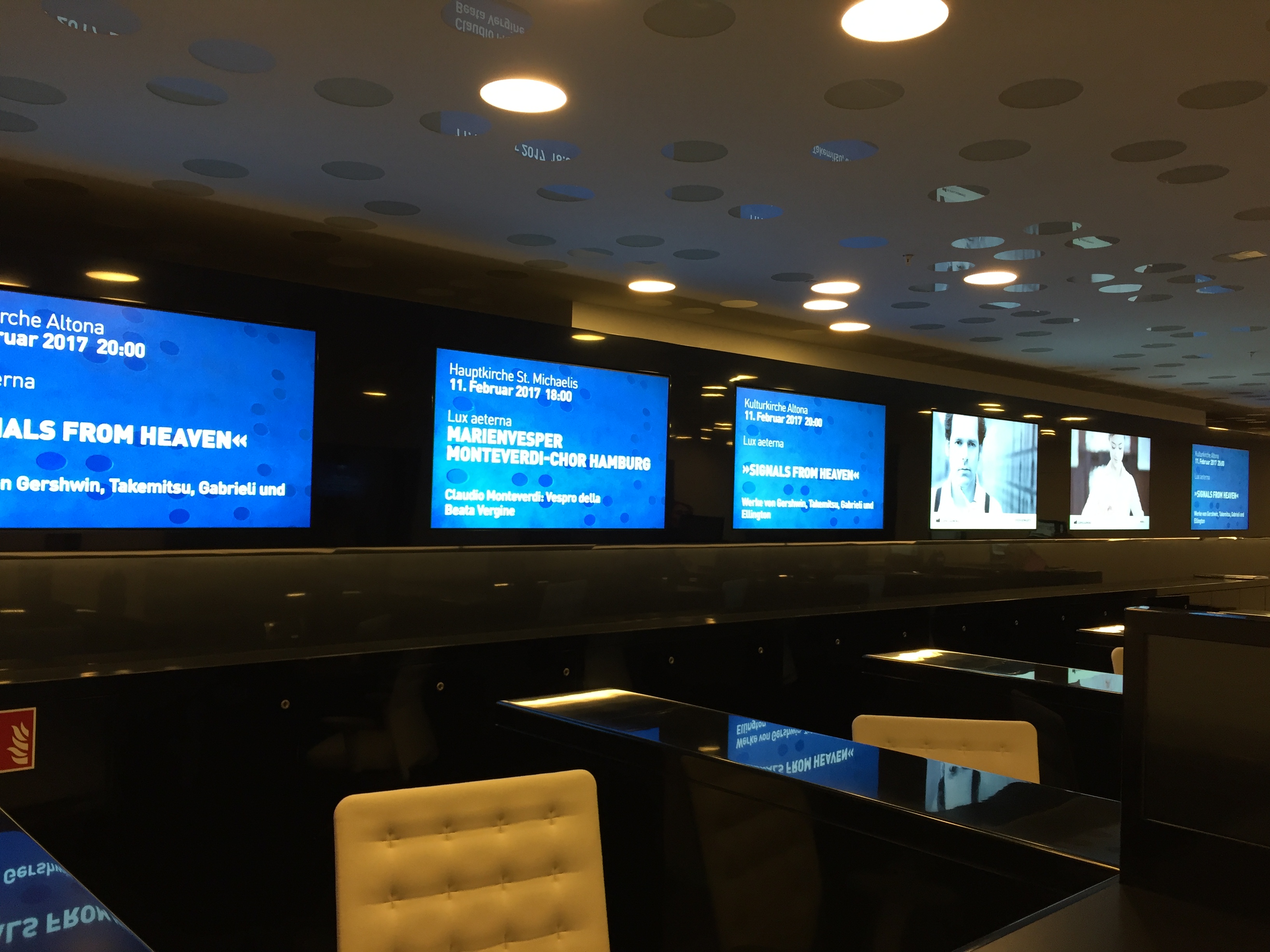
“Exterity was chosen because it offers one of the most reliable IPTV solutions on the market and the company’s open standards technology enables easy integration with other systems, including PerfectShow, PMS’s digital signage software,” says Stefan Pagenkemper, CEO at PMS. “The unique challenge in this project was the set-up of dynamic rights management to allow operators to set viewing permissions for every user and display throughout the day. The combination of the Exterity IP video system and PerfectShow made this possible using an intuitive user interface for the daily routine with a content management backend.”
The resulting system provides stage managers with a highly intuitive and effective way to switch between channels to view live scenography camera feeds from backstage and office areas, enabling them to better manage lighting, equipment, design and health and safety requirements during live performances.
Pictures 1-4: © Amptown System Company
